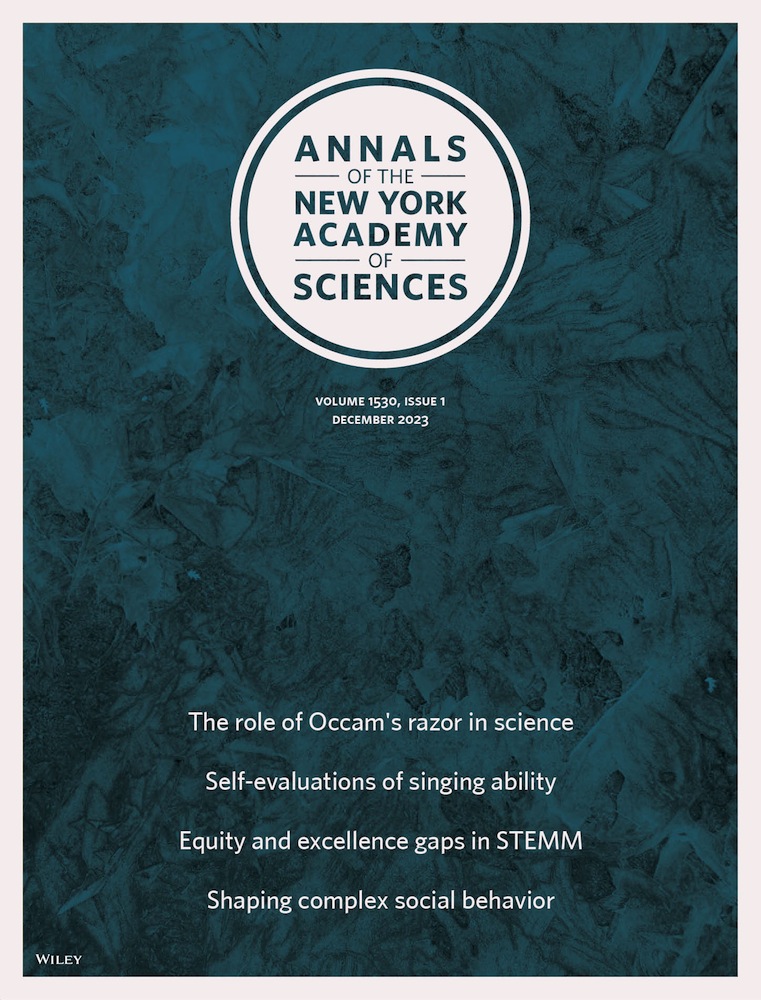大鼠耳蝠的交配制度和交配行为
IF 4.1
3区 综合性期刊
Q1 MULTIDISCIPLINARY SCIENCES
引用次数: 0
摘要
哺乳动物交配系统是社会系统的基石,受到多种生态和社会生物学因素的影响,影响着行为和繁殖成功。在哺乳动物中,蝙蝠表现出显著的交配系统多样性,使它们成为研究其复杂性的理想选择;然而,蝙蝠交配系统的种间变异在很大程度上仍然未知。为了解决这个问题,我们在2年多的时间里调查了6个大鼠耳蝠(Myotis Myotis)的栖息地,发现了它们交配系统的新方面。我们的研究结果表明,这是一种lek交配系统,雄性聚集在一起,并被接受的雌性拜访。交配包括多次交配和不同的身体姿势,雌性和雄性呆在一起几个小时。雄蚁在8月达到高峰,反映了物候周期。雄性表现出明显的领地性和地点忠诚度,通过发声和身体对抗来捍卫展示点,强调了它们在确保交配成功方面的重要作用。复杂的发声似乎对威慑竞争对手和吸引雌性至关重要,这表明声音信号控制着雌性的配偶选择。此外,在雄性中观察到的黄色面部分泌物可能在择偶过程中起到嗅觉信号的作用。本研究为了解myotis的交配系统提供了有价值的见解,对了解该物种的行为生态学和保护策略具有重要意义。本文章由计算机程序翻译,如有差异,请以英文原文为准。

Mating system and copulatory behavior of the greater mouse-eared bat (Myotis myotis)
Mammalian mating systems, which form the cornerstone of social systems, are shaped by diverse ecological and sociobiological factors, and they influence behavior and reproductive success. Among mammals, bats exhibit a remarkable diversity of mating systems, making them ideal for studying their complexity; yet, interspecific variations of bat mating systems remain largely unknown. To address this, we surveyed six roosts of the greater mouse-eared bat (Myotis myotis) over 2 years, uncovering novel aspects of their mating system. Our findings suggest a lek mating system, where males aggregate and are visited by receptive females. Mating involves multiple copulations and distinct body postures, with the female remaining with the male for several hours. Male roost occupancy peaked in August, reflecting a phenological cycle. Males demonstrated pronounced territoriality and site fidelity, defending display spots with vocalizations and physical confrontations, underscoring their important role in securing mating success. Complex vocalizations appeared crucial for deterring rivals and attracting females, suggesting vocal signals govern mate choice by females. Additionally, a yellow facial secretion observed in males may function as an olfactory signal during mate selection. This study provides valuable insights into the mating system of M. myotis, with implications for understanding the species’ behavioral ecology and contributing to conservation strategies.
求助全文
通过发布文献求助,成功后即可免费获取论文全文。
去求助
来源期刊

Annals of the New York Academy of Sciences
综合性期刊-综合性期刊
CiteScore
11.00
自引率
1.90%
发文量
193
审稿时长
2-4 weeks
期刊介绍:
Published on behalf of the New York Academy of Sciences, Annals of the New York Academy of Sciences provides multidisciplinary perspectives on research of current scientific interest with far-reaching implications for the wider scientific community and society at large. Each special issue assembles the best thinking of key contributors to a field of investigation at a time when emerging developments offer the promise of new insight. Individually themed, Annals special issues stimulate new ways to think about science by providing a neutral forum for discourse—within and across many institutions and fields.
 求助内容:
求助内容: 应助结果提醒方式:
应助结果提醒方式:


